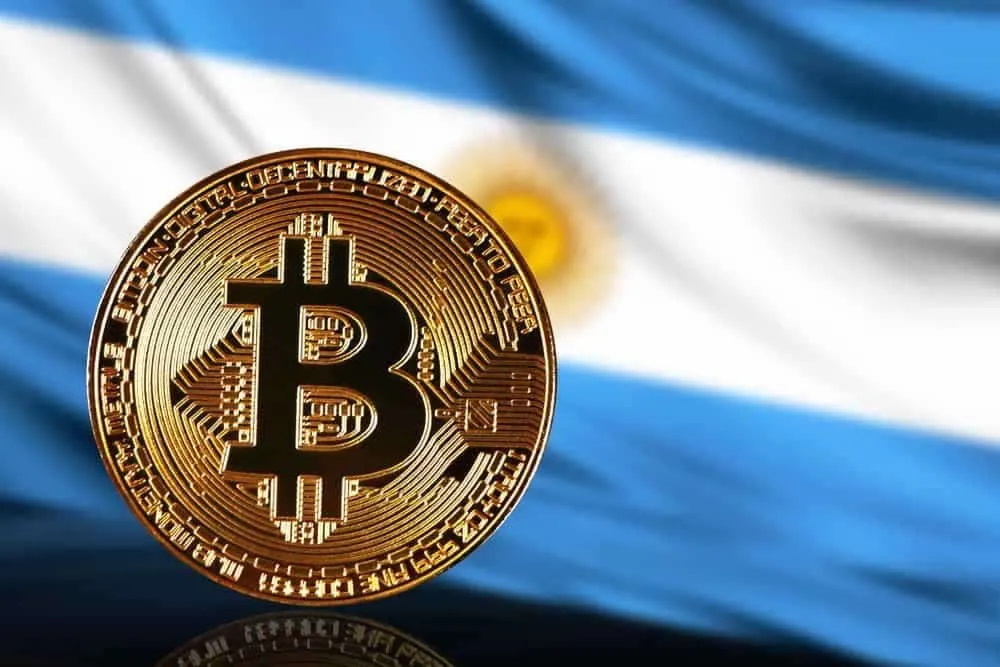How Web3 Freelancers Turn Crypto Earnings into Real-Life Purchases
November 8, 2024

Web3 freelancer crypto usage has traveled quite a journey—from geeky Reddit threads to real-world transactions that cover groceries, rent, and even insurance. Let’s walk through this evolution, step by step, to see how digital paychecks became real-life purchasing power.
2017–2018: The “Just Hodl It” Phase
In the early days, most Web3 freelancers accepted crypto with a shrug and a sense of curiosity. Getting paid in ETH or BTC was seen as experimental—and risky. The idea of actually spending it was often discouraged.
“Hodl” culture ruled. Everyone thought the coin’s value would skyrocket, so even buying coffee with ETH felt like a waste. There were no practical tools, few merchant options, and way too many transaction failures.
2019–2020: Stablecoins Enter the Chat
The arrival of USDT, USDC, and other stablecoins shifted the mindset. For the first time, freelancers could accept payment without fearing a 40% dip overnight. This marked a huge turning point for Web3 freelancer crypto usage.
Freelancers started to see crypto as money they could actually spend, not just speculate on. Peer-to-peer payments picked up. In countries like Venezuela, Nigeria, and Argentina—where inflation ran wild—this wasn’t a trend; it was a lifeline.
Freelancer Leo from Argentina explains, “I started asking for USDT payments in 2020. My landlord accepted it—said it was more stable than pesos. We both won.”


2021: Payment Tools Go Mainstream
This year saw a boom in crypto-fintech products built for spending, not just storing.
- BitPay, Binance Card, and Coinbase Card let freelancers use crypto like Visa.
- Platforms like Travala and Bitrefill opened up travel and shopping with crypto.
- Gig platforms like Wonder and DeWork normalized Web3 work culture.

Freelancers like Sarah in Portugal began using crypto for groceries, gadgets, and daily living. “I use crypto vouchers to shop. It’s not perfect, but it’s empowering.”
Suddenly, Web3 freelancer crypto usage wasn’t an edge case—it was a growing movement.
2022–2023: Web3 Freelancer Crypto Usage in the Real World
Now, crypto isn’t just “internet money.” For many freelancers, it’s daily sustenance. From lunch and rent to health insurance and phone bills, crypto was being used for real-life needs.
That said, this era wasn’t without challenges:
- Gas fees were often outrageous.
- Centralized exchanges could be slow and clunky.
- Regulations were confusing or nonexistent.
To adapt, freelancers built hybrid strategies. Some cashed out part of their pay into local fiat. Others held stablecoins like USDC to avoid price swings.
It wasn’t perfect, but it was working.
2024–Present: Tools That Support Web3 Freelancer Crypto Usage
Today’s freelancers have an entire ecosystem to support them. Web3 freelancer crypto usage is enabled by tools that make managing, spending, and saving simpler:
- Superfluid enables real-time streaming payments.
- Utopia Labs helps DAOs manage payroll.
- Wallets like Rabby and Phantom improve security and usability.
These tools integrate with common freelance workflows—Notion, Discord, Slack—blending the Web2 world with Web3 pay.
Even more traditional companies are exploring crypto-native payrolls, accelerating this shift.
The Road Ahead: The Everyday Evolution
So, where is this going?
Crypto isn’t a fringe hobby for freelancers anymore. It’s a functional tool. While there are still UX issues, regulatory grey zones, and liquidity bottlenecks, the human creativity behind these workarounds is what makes this movement fascinating.
More freelancers are saying, “I earn in crypto—and I live on it, too.” Whether it’s a streaming payment for a design job or a USDT transfer to pay for rent, the world is slowly catching up.
Crypto isn’t the future.
For many Web3 freelancers, it’s already the present.
Relevant news: here



